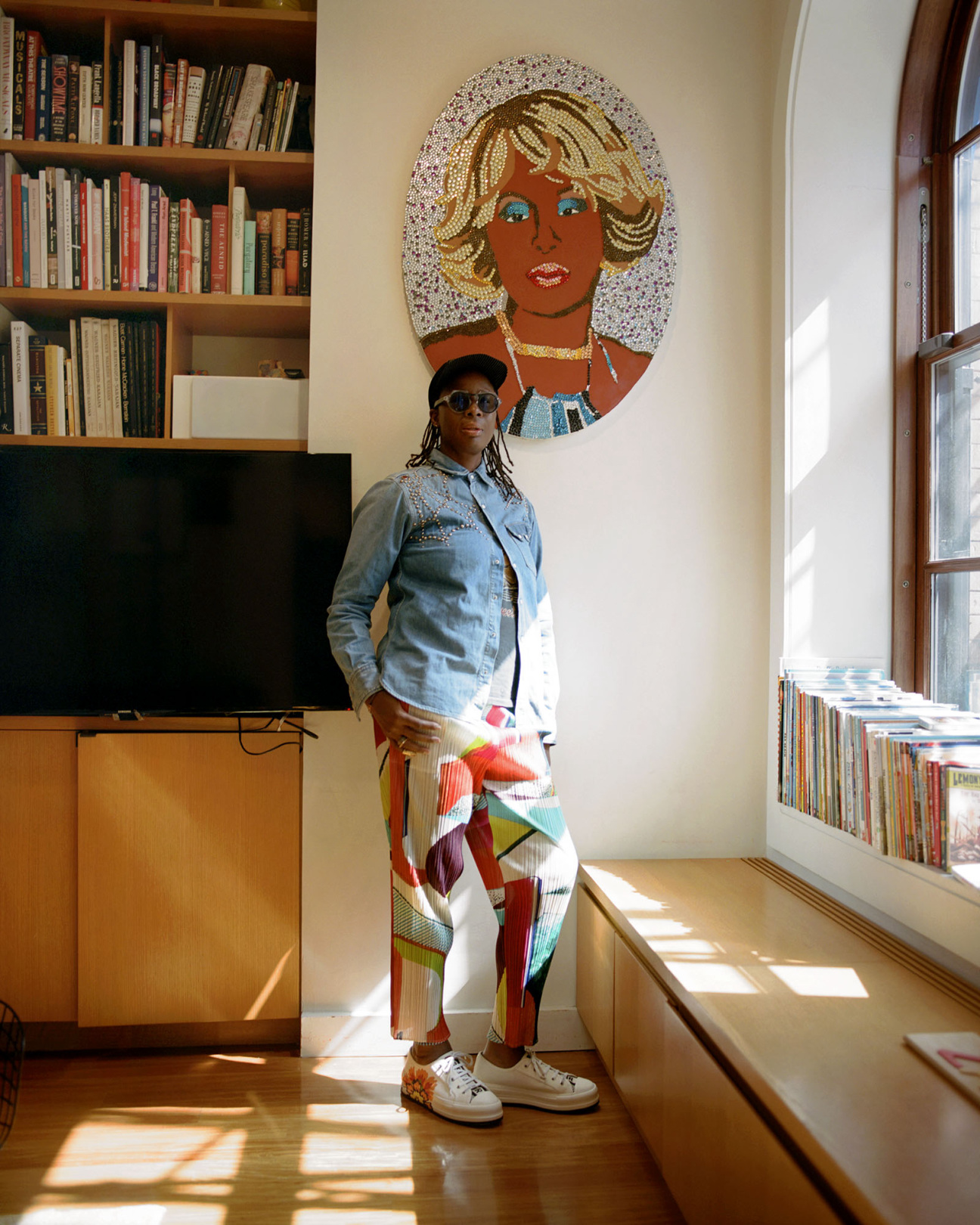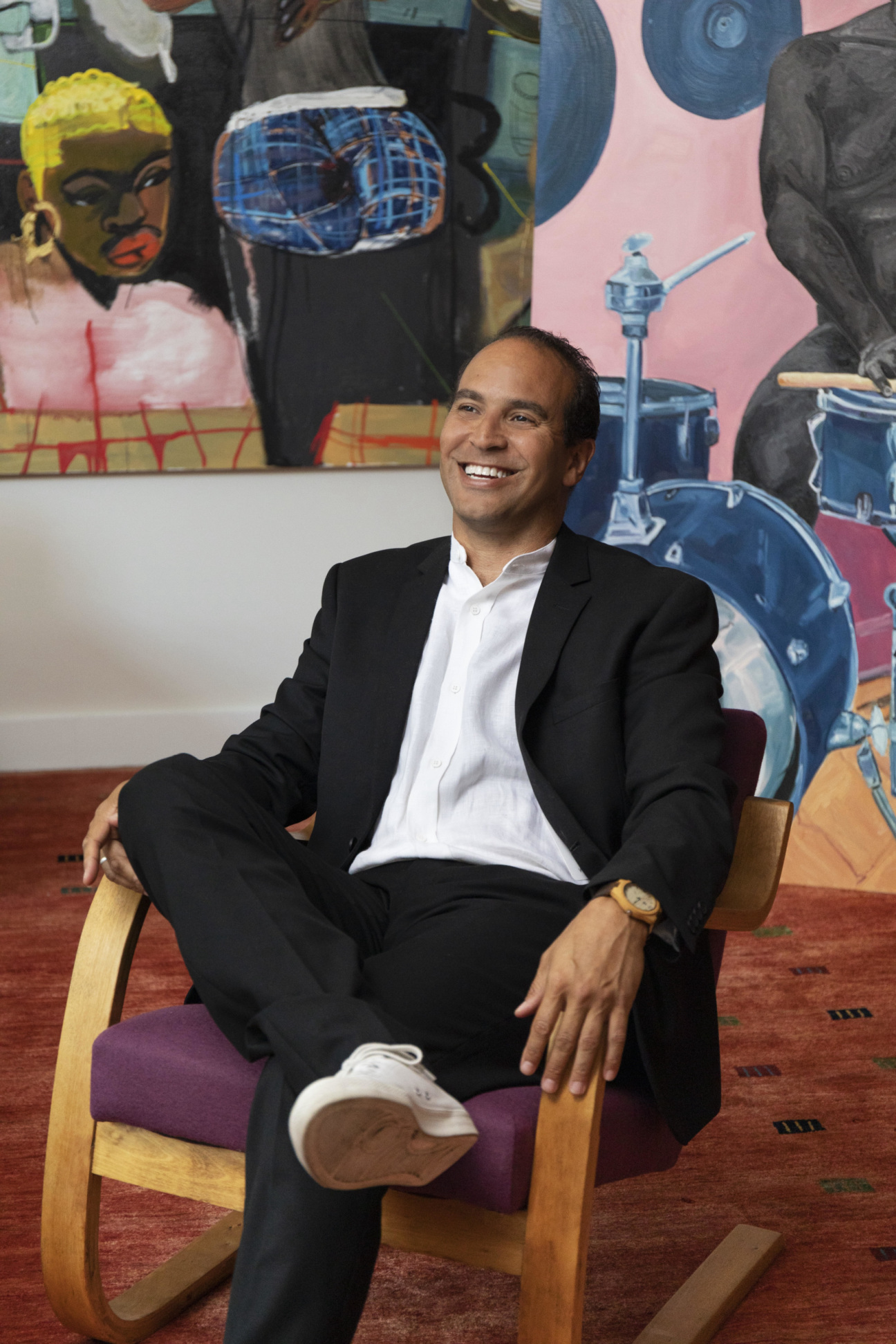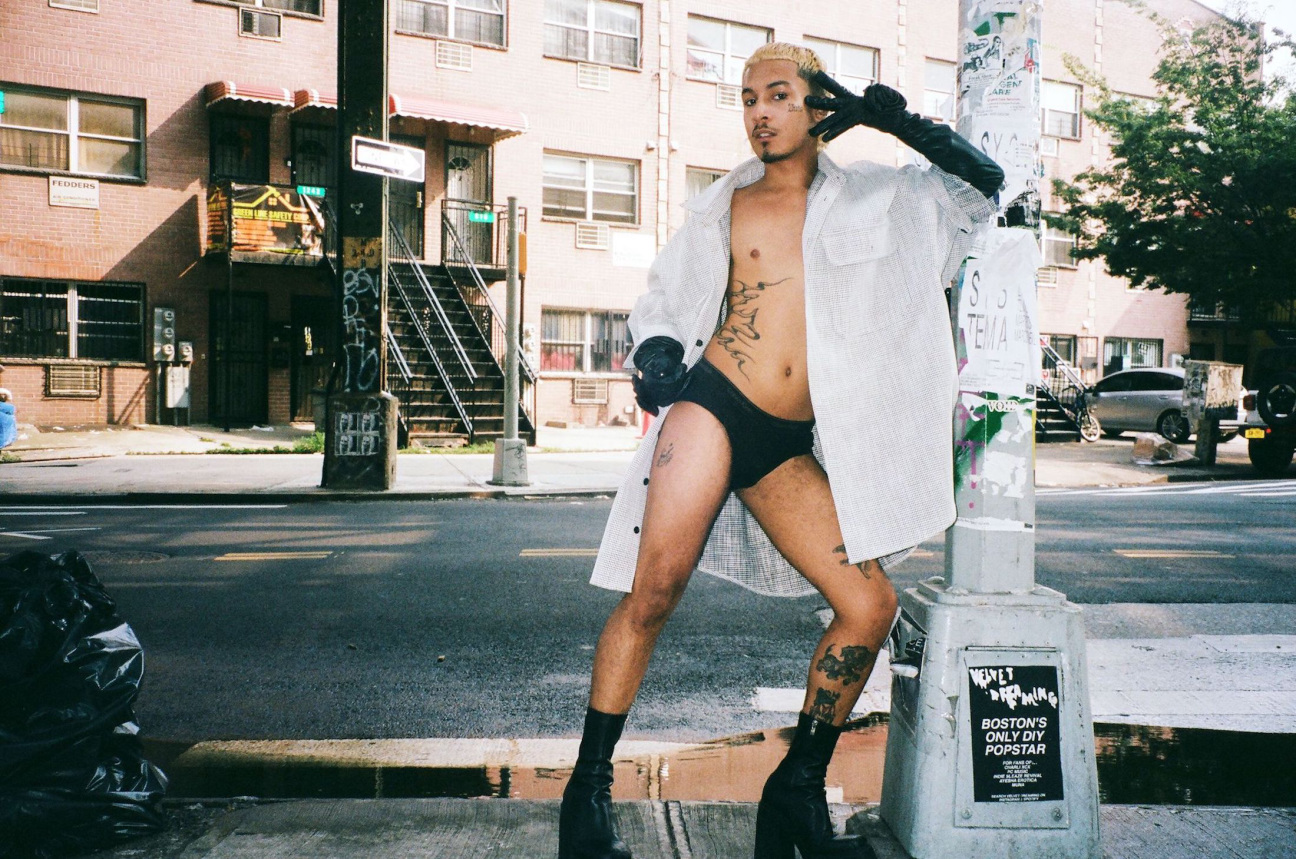Mentorship is an underrated art—and it is the reason so much of the art we love exists. Luminaries in the art, fashion, film, and music fields have been meaningfully shaped by the relationships they have cultivated with thsoe who came before.
For rising actress Emma Laird, a particularly impactful acting coach continues to fuel her work. For photographer Maxwell Vice, mentorship is a community practice. Collector Bernard Lumpkin's run-in with one artist inspired him to uplift the careers of dozens of others.
Over the years, CULTURED has heard from a variety of creatives and seen the throughline of mentorship through countless conversations. Here, look back through a few selections that highlight these singular relationships.

Mickalene Thomas, artist
“I had discovered Pauli Murray [while] researching African American women activists who were dealing with gender equality. She seemed like this nonbinary force, an activist and scholar who worked through the Civil Rights Movement. The fact that she became the first African American person to have a college in her name at an Ivy League school seemed like a great opportunity to celebrate her. She was a shapeshifter far ahead of her time—she was even an Episcopal priest. I consider her a distant mentor, influencing how I envision my own legacy … My mentor was Rahimah Lateef. She was a collector, friend, and supporter who introduced me to Carrie Mae Weems’s work. This became instrumental and transformative in my practice. Rahimah was also my first patron.”

Emma Laird, actor
“[James Monarski] is the reason why I’m still acting, or why I have a job in the first place. I send him a scene, and he spots something that gives me a completely different lens. He’s almost like my therapist. I call him up and we cry together … [Sarah Paulson and Elizabeth Reaser] gave me the biggest pep talk … I am talented and also keen to keep learning and get better. That will keep me employed more than how I look.”

Bernard Lumpkin, collector and patron
“I met Henry Taylor and started collecting him. He was an emerging artist at that time. What happened with Henry Taylor is that not only did I meet an artist, and fall in love with work that I have continued to collect, show, and share since that time 10 to 15 years ago, but he also was an early artist who introduced me to what it means to have a community of people around and artists all engaged with supporting artists … For me, in the early days, it was the artists I collected early on who shaped not only my collection, but also my attitude. I realized that supporting an artist is actually a communal, collaborative experience.”

Maxwell Vice, photographer
“The best queer brown designers in the world [like Raul Lopez, Willy Chavarria, Shayne Oliver, and Telfar Clemens]—have taken me under their wing. They call me their niece … I’m creating this archive of images that feels true, but also offers hope. I’m Dominican, Puerto Rican, and Chinese, but I don’t have any photos from the homeland. I’m queer, but there’s so little documentation of queer and trans bodies from our perspective.”

Isolde Brielmaier, New Museum deputy director
“I did not build my career on solely feeling like I belonged. If that had been my focus, it would have just been really tough going, because there just weren't a lot of Black people; there weren't a lot of women; and there certainly weren't a lot of Black women in any field. But then there were these moments in the visual arts where I would see people and be like, 'Oh my gosh, what a trailblazer.’ There was still a very traditional path. The notion of an independent curator was not really a thing. [Late curator] Okwui Enwezor told me that I really should get a graduate degree. I remember him telling me, 'That is your insurance as a Black woman.' It wasn't just because of him, but I did get that PhD.”

Laurie Simmons, artist
"I wanted to find mentors, but ultimately never really did. I always wondered why that was. Really, the closest thing to a mentor for me is my husband [Carroll Dunham], who’s been my partner since I was 27, and is an artist himself. His perspective has grown with and influenced my own. We use each other as sounding boards because we run up against the same problems … I think that largely solitary experience comes from having the conviction from a tender age of who and what you are. Most people come much later in life to their callings—my husband decided he would be an artist in his 20s. I knew what I would be in life from the time I was six. On my first day of school, I introduced myself to my first grade class as an artist. I don’t know where I got that from."

Ashton Cooper, curator
"I feel incredibly lucky to be working on 'Made in L.A.' There are 39 artists in the show, and getting to know each one of them is such a pleasure. It’s been energizing to be welcomed into so many studios. Diana Nawi and Pablo José Ramírez have been amazing curatorial mentors. I am inspired by the energy that they bring to their work and their kindness. Diana and Pablo have conceived this incredible structure, where the show is organized in these constellations of loosely conceived genealogies of Los Angeles artists. I wrote an essay for the catalog that focuses on one of those constellations. My approach to curating is guided by queer, feminist politics. In the simplest sense, that means combating systems of exclusion and devoting attention to under-recognized artists."










 in your life?
in your life?

